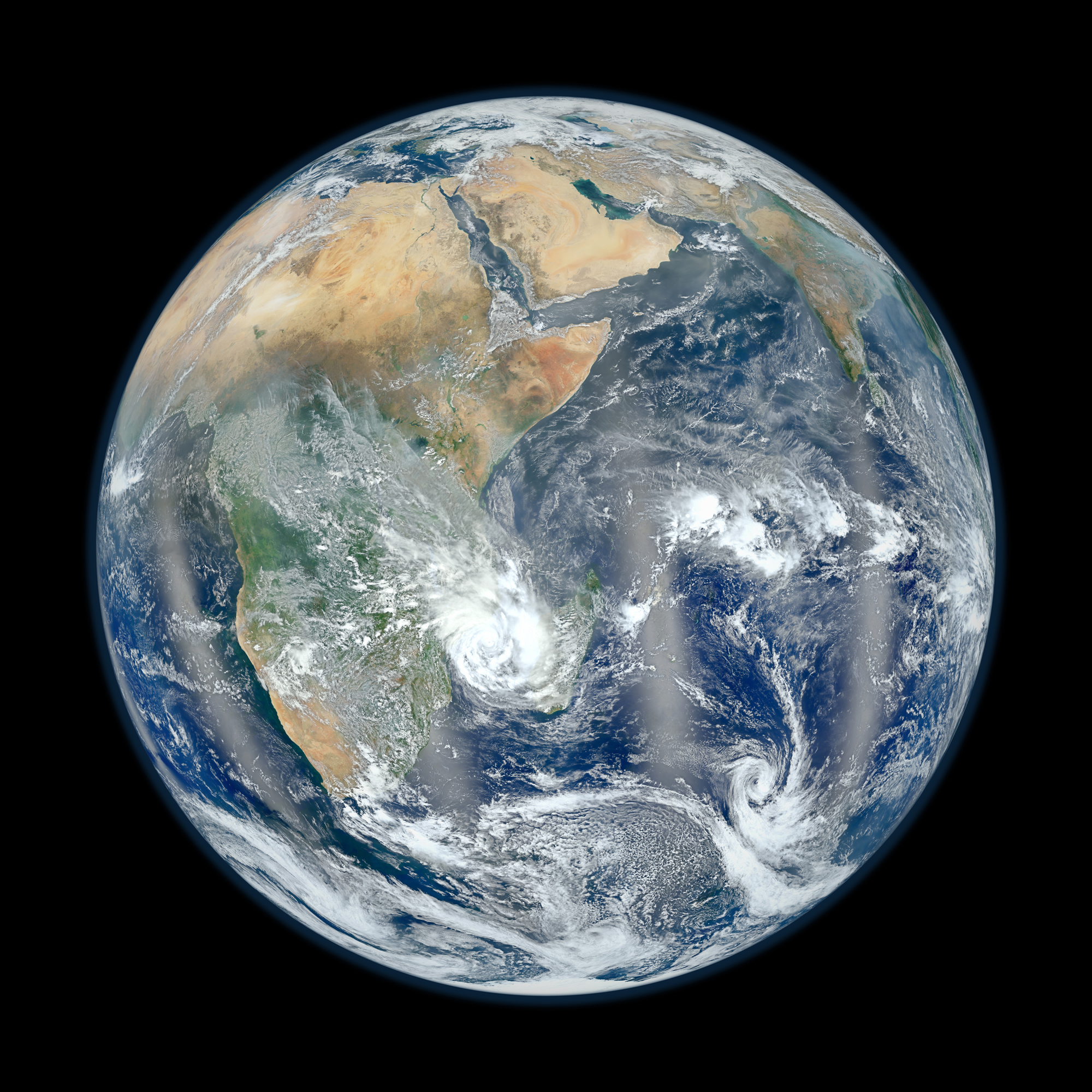Historical Climate Study Reveals Humans' Role in Current Warming

The past 100 years were among the warmest on record, coming on the heels of a long period of global cooling, according to a new analysis of temperature variations over 2,000 years.
The comprehensive study, which was published Sunday (April 21) in the journal Nature Geoscience, highlights regional changes based on proxy data, or records from a wide range of sources that can stand in for direct measures of temperature and climate. The team of 78 authors identified a long-term cooling trend that ended late in the 19th century, followed by warming in the 20th century despite the persistence of natural factors from the previous period.
"The natural forces driving the cooling are still present today, but since the 19th century, an additional, stronger, warming driver has been added: human activity," study researcher Paul Filmer, a program director in the National Science Foundation's Geosciences Directorate, said in a statement. "We cannot match the temperature records since then without factoring in this new driver."
While the study was not designed to identify the cause of the warming — whether natural or human — the authors say the findings make it difficult to ignore the impact of increased greenhouse gases on the warmer temperatures that have been recorded in recent decades. The study also offers regional details within the broader historical context.
"The new results show that climate change is, as usual, more complicated than we expected: long, millennial natural cooling trends were punctuated by warming episodes that turned out to be more local than we thought," Filmer said. [8 Ways Global Warming Is Already Changing the World]
To map global temperature variations, the researchers examined natural proxies, including tree rings, which are indicators of growth based on air temperatures; tree pollen, which can be used to determine changes in dominant species; water molecules in ice cores from the Arctic; glacier data; and the physical and biological properties of lake sediments.
The researchers studied records of North America, South America, Europe, Asia, and the southwestern Pacific region encompassing Australia, Antarctica and the Arctic. They found that the long cooling period was driven by changes in the amount and distribution of heat emitted from the sun, delicate changes to the planet's orbit and volcanic activity that spews aerosols, which reflect sunlight, high into the atmosphere.
Sign up for the Live Science daily newsletter now
Get the world’s most fascinating discoveries delivered straight to your inbox.
"The predominant long-term cooling trend is common in proxy records we study in Alaska and elsewhere in the Arctic," Darrell Kaufman, a researcher at the School of Earth Sciences and Environmental Sustainability at Northern Arizona University and one of the lead authors of the study, said in a statement. "Finding it at lower latitudes and especially in the Southern Hemisphere was surprising and has important implications for our understanding of the processes that drive climate change."
Analyzing proxies offers greater perspective on regional climate variability, painting a more detailed picture than would available thermometer records. Africa was omitted from the analysis, however, because of insufficient data, the researchers said.
Still, the study presents a tantalizing benchmark for future climate studies.
"The long-term cooling trend, the century-scale differences between regions and the warmth of the 20th century are apparent no matter how you look at the data," study co-author Nicholas McKay, a postdoctoral scholar at Northern Arizona University, said in a statement.
Follow Denise Chow on Twitter @denisechow. Follow LiveScience @livescience, Facebook & Google+. Original article on LiveScience.com.

Denise Chow was the assistant managing editor at Live Science before moving to NBC News as a science reporter, where she focuses on general science and climate change. Before joining the Live Science team in 2013, she spent two years as a staff writer for Space.com, writing about rocket launches and covering NASA's final three space shuttle missions. A Canadian transplant, Denise has a bachelor's degree from the University of Toronto, and a master's degree in journalism from New York University.









